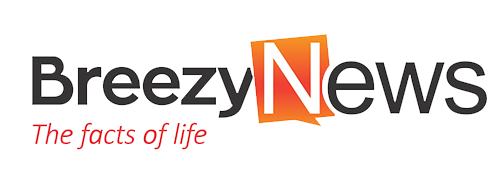The Lagos State Ministry of Energy and Mineral Resources took a great stride on Tuesday in its ambition to achieve one Gigawatt (GW) of installed Distributed Photovoltaics (DPV) capacity by 2030 by organising a one-day workshop, in conjunction with the World Bank, to discuss the framework for the DPV implementation the state.
The structure is proposed to capture a mix of 60 percent commercial and industrial, 20 percent residential and 20 percent government owned buildings.
The event was attended by key actors across the industry value chain comprising over 70 participants, including PV developers, solar aggregators, commercial banks, development finance institutions, and FinTech, among others.
While welcoming participants to the workshop, the Commissioner for Energy and Mineral Resources, Engr. Olalere Odusote noted that Lagos State is committed to addressing energy demand through rooftop solar. Grid supply deficit in the state is currently estimated at 33-43 terawatt-hour (TWh), which is 83 percent of total demand.
The World Bank Acting Regional Director for Infrastructure (West and Central Africa), Ashish Khanna stated that “there is a unique opportunity for Lagos to lead the way for solar adoption in Nigeria and Sub-Saharan Africa by demonstrating a model for distributed PV in urban Africa that provides affordable and reliable electricity”.
The discussion centered on the financing structure, operating framework and the institutional arrangement required to achieve the state ambition.
Participants said that the state government’s ambition was achievable and confirmed their readiness to work with the state to realise this ambition.
The funding requirement for deployment of about 500MW of solar DPV in the next five years is estimated at US$350 – US$700 million. It is envisioned that this would be financed through a mix of grants, equity, and concessionary debt designed specifically for various consumer segments. Additionally, various risk mitigation instruments will also be explored. The financing would be provided by international development finance institutions, equity investors and commercial lenders.
The programme will adopt two business models – developer-owned model for commercial and industrial customers, and user-owned model for the residential, Micro, Small and Medium Enterprises (MSME) and public sector customers. To address the current challenge of fragmented demand in the solar ecosystem, a number of aggregation mechanisms would be introduced by demand aggregators to create scale within the industry.
Technical assistance will also be provided for capacity development for stakeholders across the ecosystem, as well as targeted consumer awareness campaigns to enable effective roll-out for end-users.
Odusote also noted that the Ministry would incorporate the feedback from the stakeholders and leverage same in developing a detailed project design document to guide the project implementation.







